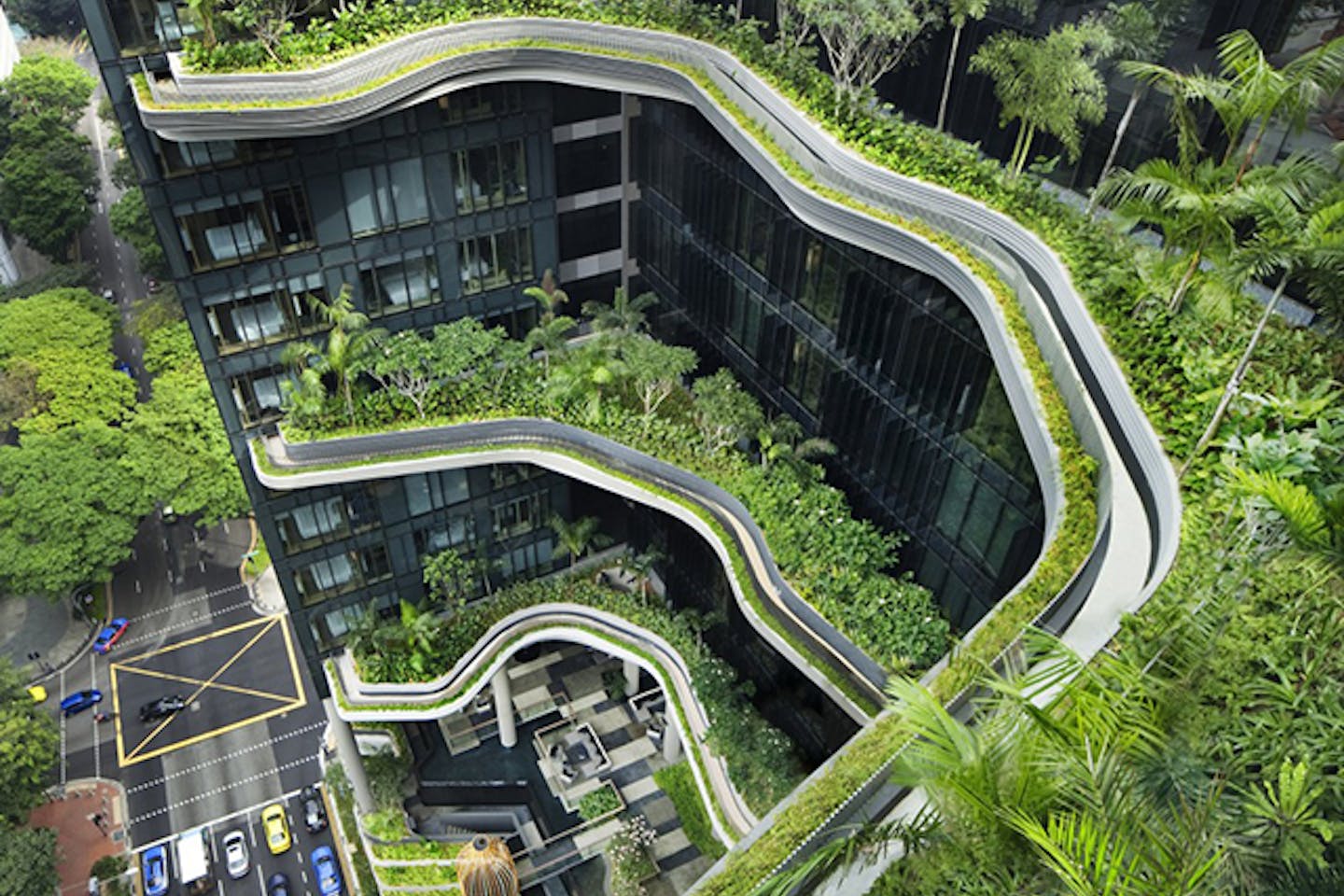
Sustainability is a growing concern in the construction industry, with the increased demand for eco-friendly and energy-efficient buildings. This has led to the growth of green buildings, which are designed to minimize their environmental impact while maximizing their benefits to the occupants. In this blog post, I will explore the growth of green buildings with some course keywords (trade-off, 4Cs, Greenwashing).
First of all, one of the key trade-offs in sustainable design is between environmental impact and customer cost. While green buildings may have higher upfront costs, they can offer significant long-term savings on energy and maintenance costs, leading to a lower total customer cost. Additionally, green buildings can enhance the health and well-being of their occupants, which can lead to increased productivity and reduced absenteeism, further reducing customer costs.
The 4Cs – Customer solution, Communication, Convenience, and Customer cost – are important considerations in sustainable design. Green buildings must offer a customer solution that meets the needs and expectations of their occupants, while also communicating the benefits of sustainability in a clear and compelling way. Convenience is also an important factor, as green buildings should not sacrifice functionality or ease of use in their pursuit of sustainability. Finally, customer cost must be carefully considered, with the goal of minimizing total customer cost while still achieving sustainable outcomes.
Greenwashing is a common concern in the sustainable design industry, with some companies making false or misleading claims about the environmental benefits of their products or services. This can lead to confusion and mistrust among customers, who may be skeptical of sustainability claims. It is important for companies to be transparent about their sustainability efforts and to provide evidence of their environmental impact.
In conclusion, the growth of green buildings represents a significant shift towards sustainability in the construction industry. While there are trade-offs involved in sustainable design, the benefits of green buildings can lead to lower total customer costs, enhanced occupant health and well-being, and reduced environmental impact. By considering the 4Cs and avoiding greenwashing, companies can design and market sustainable products and services that meet the needs and expectations of their customers. Personally, I am encouraged to see the construction industry prioritize green building design. I believe that by balancing environmental impact and customer cost, and by communicating the benefits of sustainability effectively, we can create a world where sustainable design is the norm rather than the exception.
References: